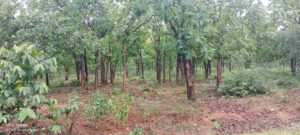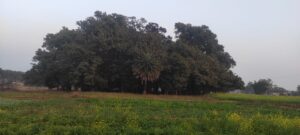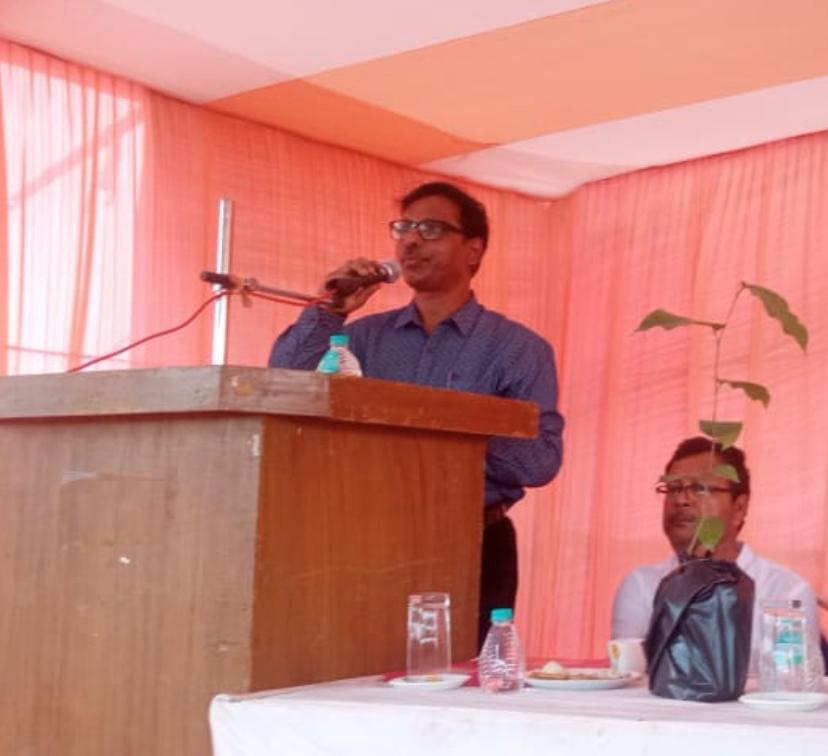SUBHASH MISHRA
Ranchi, Sept 30: The Jharkhand Biodiversity Board has chosen 40 heritage sites from a proposed list of 100 across seven districts to promote, conserve, and protect the state’s biodiversity.
Member Secretary and Chief Executive Officer (CEO) Sanjeev Kumar (IFS) announced that discussions with Biodiversity Management Committees (BMCs) are underway to identify the remaining 60 heritage sites within the next three months, aiming for completion by December.
In the first week of this month, the Jharkhand Biodiversity Board set an agenda to identify 100 biodiversity heritage sites by December 2024. “We hope the remaining 60 sites will be identified in three months,” Kumar stated.
Also Read- CBI arrests 26 in major cybercrime bust in multi-state operation
Selected heritage sites
Some of the selected 40 sites include:
Chatra district: Gidhor Pahad, Barisakhi Pahad, Tamasin Jal Prapat, Madgada Pahad, Badg Bigha Pahad, Brahampur Pahad, Bhedifarm Dam, Belwa Aahar, Dukheri Aahar, and Dupaheri Aahar.
Latehar district: Basiya Ratandag, Jagrah, and Adrabhumi.
Hazaribagh district: Kanhari Lake, Hazaribagh Lake, ISKO Art Mahodi Pahar, and Jharwa Dam.
Giridih district: Parasnath and Khandoli.
Bokaro district: Trikut Pahad.
Dhanbad district: Lokaia Pahad and Dhangi Pahadi.
Ranchi district: Jhilugada and Arakeram.
The board has established 4,600 Biodiversity Management Committees (BMCs) to monitor, report, and document endangered and vulnerable species in the People’s Biodiversity Register (PBR).
Also Read- Tripura Governor ISR Nallu sworn in as Mizoram’s acting Governor

Role of Biodiversity Management Committees
“Each BMC comprises 7 members. Over 400 Panchayats will have BMCs that will monitor important species and prepare a detailed list of agro-biodiversity in their respective regions,” said Board Secretary Sanjeev Kumar, who also serves as the Additional Principal Chief Conservator of Forest (APCCF).
On Saturday, Sanjeev Kumar held a video conferencing meeting with BMC members to discuss suggested spots in different districts for potential selection as heritage sites. The meeting included BMC presidents, secretaries, members, and Divisional Forest Officers (DFOs) from Chatra North, Chatra South, Hazaribagh East, Hazaribagh West, and Latehar.
Future plans for biodiversity conservation
Kumar noted that the Board plans to expand the BMCs across Jharkhand, aiming to train 50,000 BMC members and engage with Joint Forest Management Committee (JFMC) members.

He emphasised the importance of preserving Jharkhand’s extinct species, such as the white-necked vulture, Himalayan vulture, Egyptian vulture, Gangetic dolphin, Indian flapshell turtle, oriental white ibis, and sloth bear.
Also Read- Mithun Chakraborty to receive Dadasaheb Phalke Award, announces Ashwini Vaishnav



